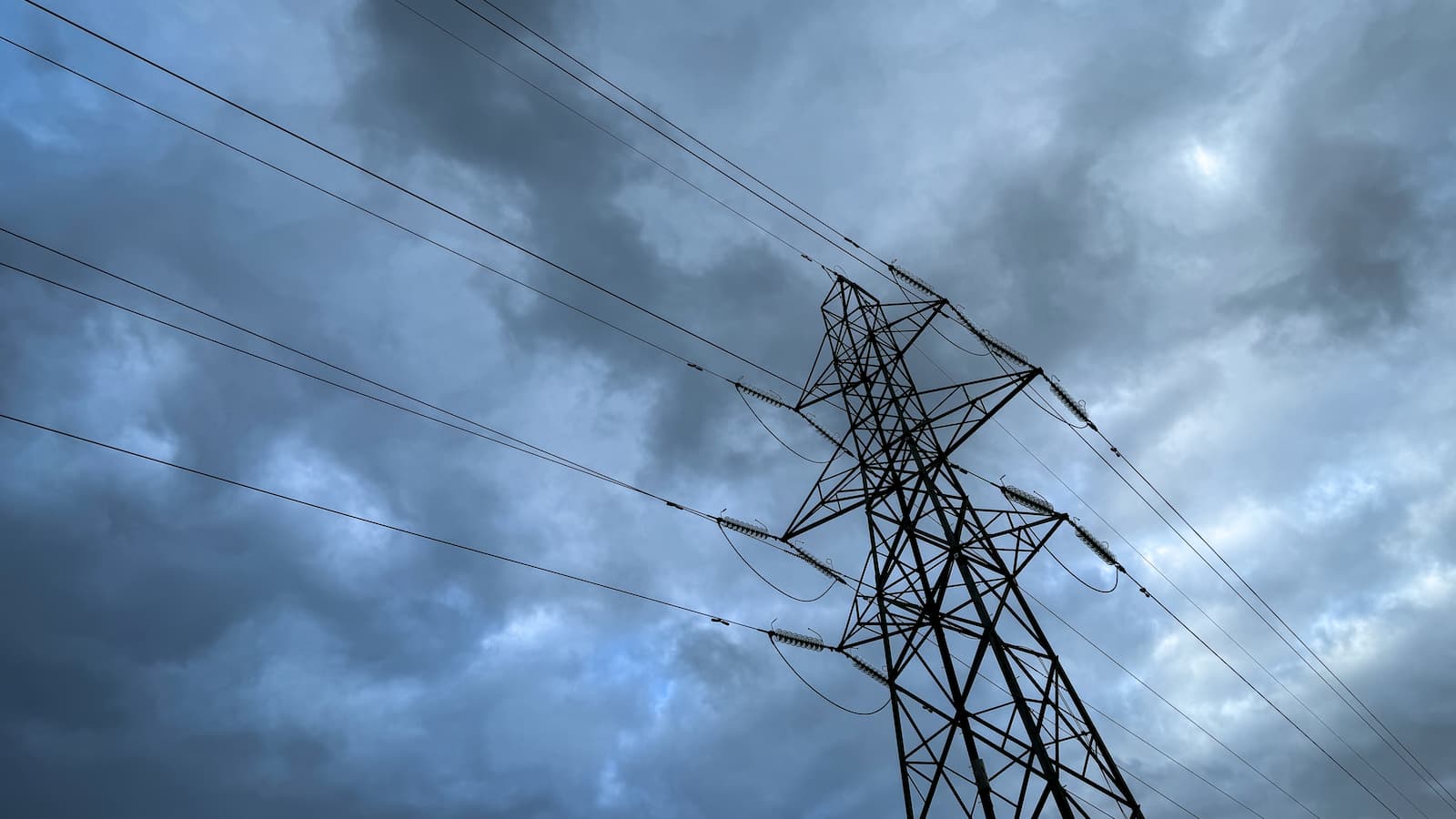Zonal energy pricing: Is it the key to lowering energy bills?
Zonal energy pricing could be a game-changer for lowering UK energy bills and creating a more efficient, sustainable market, according to experts

As the UK grapples with some of the highest electricity prices in the world, the debate around zonal energy pricing has gained considerable momentum.
This system, which sets electricity prices according to geographic zones based on local supply and demand, is viewed by many energy experts as a potential solution to the UK’s energy crisis and help with rising energy prices.
But as the government, energy companies, and industry stakeholders weigh in, it’s clear that zonal energy pricing could have far-reaching consequences, both positive and negative, for homeowners up and down the country.
What is zonal energy pricing?
Zonal energy pricing is a system where the cost of electricity is determined by regional supply and demand.
In simple terms, it means that energy prices would vary depending on where the energy is generated and where it is consumed. This could potentially reduce costs for regions with abundant green energy sources, such as Scotland, while raising prices for areas that rely more on fossil fuels like gas.
Under this system, each region or “zone” would have its own uniform price for electricity, rather than using the current system where prices are dictated by the energy price cap.
This would help the market more effectively reflect the local realities of supply and demand, improving grid efficiency and reducing waste.
In regions like Scotland, which generates a significant amount of renewable energy – particularly wind power – households and businesses could see some of the lowest electricity prices in Europe.
Countries like Sweden, Norway, Italy, and the United States have already implemented zonal pricing systems with success, and the UK is now considering whether this model could help resolve its energy challenges.
The current system is 'broken' and in need of reform
The UK’s energy market is currently struggling with inefficiencies that are driving up costs for households and businesses.
According to Dominic Bellamy, head of consumer PR at Octopus Energy, the market’s design is outdated and no longer serves the needs of consumers effectively.
“The UK has some of the highest electricity prices globally, and this has severe impacts on individuals and businesses. Our market system is failing, and the reliance on gas plants in southern regions to meet demand, despite abundant renewable energy in places like Scotland, highlights how broken the system is,” said Bellamy.
The problem is compounded by the grid’s inability to distribute electricity from renewable sources – especially wind power – where it’s generated in regions like Scotland, to where it’s needed most.
As a result, up to 60-70% of electricity from the UK’s largest wind farms is wasted when demand is low, while gas plants are activated to meet demand in the South. This inefficiency comes at a steep cost.
Last year, this mismatch between supply and demand cost bill payers a staggering £1.2 billion, with costs already up 60% compared to the same period last year. If the market remains unchanged, these costs could soar to £8 billion annually.

With a deep understanding of the energy market, Dominic is well-versed in the complexities of energy pricing, particularly in the context of rising costs and the transition to renewable energy.
How zonal energy pricing could save billions
Research from FTI Consulting suggests that zonal energy pricing could save UK consumers as much as £3.7 billion per year.
When looking ahead to 2050, the total savings could reach an impressive £55 billion. These estimates are based on conservative projections, and the actual savings could be much higher.
Zonal pricing is the only solution that has the potential to reduce energy bills by such a significant amount – especially in the regions that are already benefiting from a surplus of green energy.
In addition to reducing bills, zonal energy pricing could lead to billions in additional savings by optimizing the location of new energy projects and reducing the need for costly transmission infrastructure upgrades.
This would not only make the energy system more efficient but also boost economic growth in areas with abundant renewable energy.
Winners and losers of zonal energy pricing
While the benefits of zonal energy pricing are clear for areas with abundant renewable energy, the system is not without its potential drawbacks.
The most significant concern is that some regions could face higher energy costs as a result of the system. For example, households and businesses in southern England, where energy demand is high but the supply of renewable energy is limited, could see higher bills compared to areas like Scotland, where there is a surplus of green energy.
Sandy Thandi, an energy specialist at E.On, explains that while zonal pricing may simplify the pricing structure and encourage efficiency, it could create new regional inequalities. "The downside is that areas with higher demand or less efficient infrastructure could face higher prices, which could be problematic for households already struggling with high energy costs."
This concern has led to significant debate, with some arguing that zonal energy pricing could unfairly penalize consumers in high-demand areas, such as London and the South East, while benefiting those in regions with abundant renewable energy resources.

Sandy Kaur Thandi is an Energy Sales Trader at E.ON, with deep expertise in energy markets and pricing strategies. In her role, she is responsible for analysing market trends, optimizing trading strategies and providing tailored energy procurement solutions to clients.
A global perspective on zonal energy pricing
Countries around the world have already adopted some form of zonal pricing, and many have seen success in using this system to create a more efficient and cost-effective energy market.
Sweden, for example, has attracted over £70 billion in industrial investment to its northern regions, where energy prices are far lower than in the rest of the country. This has helped stimulate economic growth in areas with an abundant supply of cheap electricity.
Similarly, Norway and Italy have used regional pricing systems to ensure that energy prices more closely align with local supply and demand, resulting in reduced costs for consumers and more efficient energy distribution.
The success of these systems provides a compelling case for the potential benefits of zonal energy pricing in the UK.
Could zonal pricing soon be introduced?

As the UK government considers how to reform the energy market, the issue of zonal energy pricing has become a contentious topic.
Ed Miliband, the UK’s Energy Secretary, has confirmed that the government is “considering” zonal energy pricing as part of broader reforms to help with energy bills and reduce energy costs. However, he has stressed that “no decision has been made” and emphasised the complexity of the issue.
Some energy companies, such as Octopus Energy, have supported the idea, believing that it could make the energy system more efficient and reduce the need for costly upgrades to the grid.
Greg Jackson, CEO of Octopus Energy, argues that zonal pricing could help create a more equitable and efficient market by aligning prices with local conditions.
While zonal energy pricing has the potential to reduce energy bills, boost local economies, and make the energy system more efficient, it also raises concerns about fairness and regional inequality.
Whether zonal energy pricing becomes a reality in the UK or not, it is clear that the country’s energy market is in desperate need of reform with UK households no longer able to really on energy-saving tips and schemes like the Warm Homes Discount.
Zonal energy pricing is one of the most discussed proposals for reform, and only time will tell if it can offer the solution the UK needs.
Get the Homebuilding & Renovating Newsletter
Bring your dream home to life with expert advice, how to guides and design inspiration. Sign up for our newsletter and get two free tickets to a Homebuilding & Renovating Show near you.

News Editor Joseph has previously written for Today’s Media and Chambers & Partners, focusing on news for conveyancers and industry professionals. Joseph has just started his own self build project, building his own home on his family’s farm with planning permission for a timber frame, three-bedroom house in a one-acre field. The foundation work has already begun and he hopes to have the home built in the next year. Prior to this he renovated his family's home as well as doing several DIY projects, including installing a shower, building sheds, and livestock fences and shelters for the farm’s animals. Outside of homebuilding, Joseph loves rugby and has written for Rugby World, the world’s largest rugby magazine.
